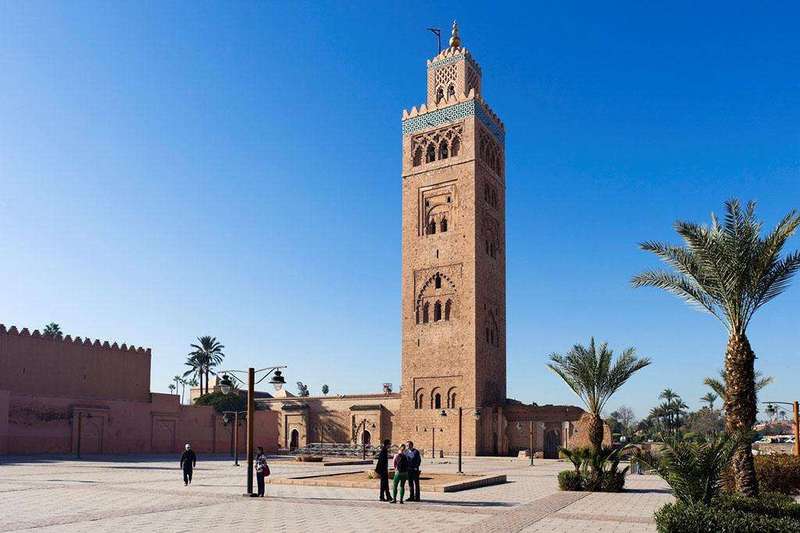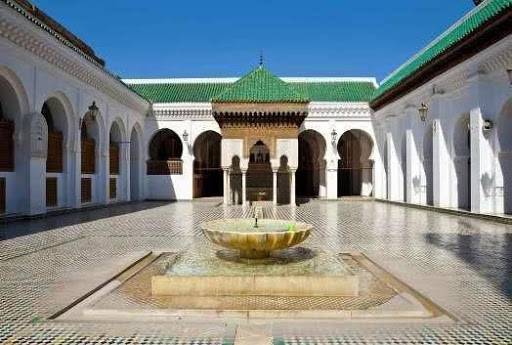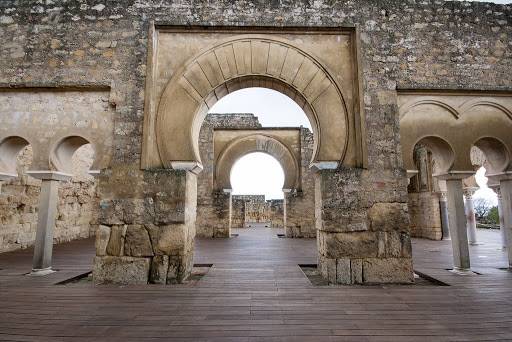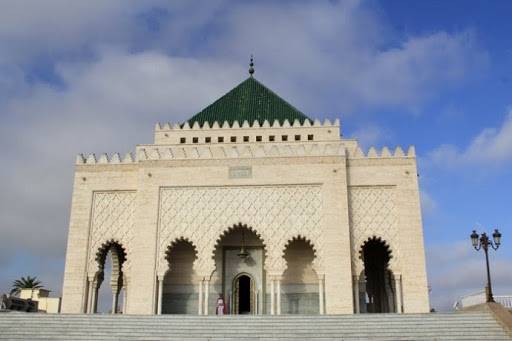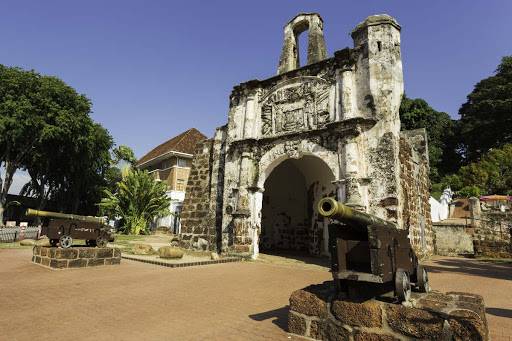The Koutoubia Mosque is a landmark of Marrakech and the center and highest point of the old city. Compared to other mosques, the unique feature of the Koutoubia Mosque is that when the minaret was built, nearly ten thousand bags of precious spices were mixed into the mortar used to bind the stones, giving the mosque a strong fragrance that still lingers today. Hence, it is also known as the 'Fragrant Tower'. However, the mosque is not open to the public, but the small garden surrounding the mosque can be visited for free.
Ait Benhaddou
Ait Benhaddou is a fortified village consisting of a group of earthen buildings surrounded by high walls. It is a typical pre-Saharan habitat. Within the defensive walls, many houses are built, and there are also watchtowers around for auxiliary defense. Located in the Ouarzazate Province, Ait Benhaddou is a classic example of southern Moroccan architecture. It became a World Heritage Site in 1987.
University of Al Quaraouiyine
The city of Fez was built in the 9th century AD, and it is home to the earliest university. The University of Al Quaraouiyine is actually composed of parts of a mosque and a Quranic school, built by Fatima al-Fihri, the daughter of a wealthy merchant. Under her leadership, it developed from a small pilgrimage site into an institution for religious education and a venue for political discussions, becoming an important religious school in the Arab world. However, the university prohibits non-Muslims from entering and can only be viewed from the outside.
Meknes Medina
Meknes is a military city built by the Almoravids in the 11th century. It became the capital of the country during the reign of Sultan Moulay Ismail, the founder of the Alaouite dynasty (1672-1727). The Sultan transformed Meknes into a grand city with Spanish-Moorish style, surrounded by high walls and massive gates. Even today, it remains a harmonious blend of 17th-century Maghreb Islamic and European styles. It was designated a World Cultural Heritage site in 1996.
The ancient city was built in the 3rd century BC and was once the capital of the ancient North African kingdom of Mauretania. It was an important outpost of the Roman Empire, featuring many elegant and exquisite buildings. This archaeological site is a fertile agricultural area where many important relics and artifacts have been unearthed. Volubilis later became the capital of the Idrisid dynasty for a period, and the founder of the dynasty, Idris I, is buried nearby in Moulay Idriss. — World Heritage Committee, 1997
Medina Azahara - Conjunto Arqueológico Madinat al-Zahra
During the Islamic period that began in the 8th century, Medina Azahara was a city of special significance because it was the main passage connecting Morocco and Andalusia. After the Reconquista of Spain, the city was rebuilt by Andalusian refugees exiled by the Spanish. The city's architecture and artistic style are very distinctive and heavily influenced by Andalusia. Although Medina Azahara is one of the smallest Arab settlements in Morocco, it is undoubtedly the most complete and least affected by later external influences. — World Heritage Committee, 1997
Located on the Atlantic coast of northwestern Morocco, this site is a product of the exchange between a rich Arab-Muslim past and Western modernism. The inscribed city includes areas under French protection from 1912 to the 1930s, encompassing royal and administrative domains, residential and commercial developments, the Essais gardens' botanical and pleasure gardens, conceived and built as a new city. Additionally, parts of the city date back to the 12th century. The new town is one of the largest and most ambitious modern urban projects built in Africa in the 20th century, and possibly the most complete. — World Heritage Committee 2012 commentary
Portuguese fortress
The Mazagan military fortress around Casablanca was a colony built by the Portuguese on the Atlantic coast in the early 16th century and was captured by the Moroccans in 1769. The Portuguese City is one of the early colonies established by Portuguese explorers on their way to India in West Africa. It is an example of the mutual influence, exchange, and integration of European and Moroccan cultures.
Essaouira is a typical late 18th-century North African defensive port city. The city was built based on contemporary European defensive fortresses, incorporating local North African characteristics. The scale of the defensive battery is not large, but it offers a view of the entire coastal city walls of the old town. It is highly recommended to purchase a ticket for a visit.
